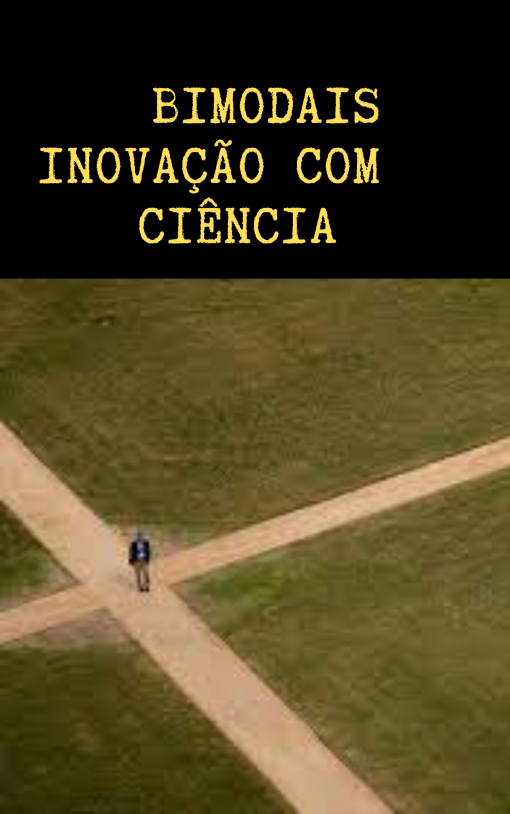According to Google Scholar, ŌĆ£Motivation and Personality,ŌĆØ by AH Maslow, 1970, Harper & Row, is a book often quoted by researchers working in many areas.
The author created a simple pyramid to describe human needs.
A good translation and definition of this pyramid can be found in the paper ŌĆ£FATORES MOTIVACIONAIS DA COMUNIDADE CIENT├ŹFICA PARA PUBLICA├ć├āO E DIVULGA├ć├āO DE SUA PRODU├ć├āO EM ŌĆ”ŌĆØ (Scientific communityŌĆÖs motivational factors for publishing and disseminating their production in scientific journals), by several authors, which I took the liberty to reproduce below:

We should note that human needs, starting with survival, go on to well-being, recognition, and self-actualization. These latter needs require increasingly sophisticated knowledge environments to be fulfilled.
For example, to meet the needs at the pyramid base ŌĆō the physiological needs ŌĆō one has to know how to acquire food, clothing, and water. The person also needs to know where he or she will find shelter. Once this is settled, the following stages come into play.

LetŌĆÖs imagine a catastrophe like hurricane Katrina, in which homeless people have gone through different stages, from searching for safe drinking water to finding the next meal, a place to sleep, until they began to think about how to restart their lives.
To make this possible, information has to be increasingly articulated to meet those needs, which are becoming more sophisticated with human evolution in society.
a) the number of people living on the planet, which in turn;
b) expands the amount of needs, which in turn;
c) require an increasingly sophisticated communication and information apparatus to meet those needs within the timeframe demanded by the situation.
Thus, there is an increase of the planet’s population and expansion of human needs. These can be quantified in products and services.
Thus, based on MaslowŌĆÖs pyramid, itŌĆÖs possible to establish a relation between the number of people on the planet and requirements for increasingly complex information and communication environments, i.e., knowledge environments.
K= population
Y=human needs
Z= knowledge environment sophistication
The more people on the planet, the more demand for information. Therefore, knowledge systems must be more sophisticated.
In the formula:
K x Y =Z
From this perspective, for each stage of human history, knowledge environments became more sophisticated to meet the needs of an increased population.

So, knowledge is not a new factor, nor can we say we live in the first knowledge society. All we can assert is that we live in a knowledge society that heads toward a level of sophistication required by the current population on the planet.
So, a kind of theory of proportionality between human needs and the complexities of knowledge environments emerges.
This discussion is part of my doctoral dissertation.
Twitter in English. Follow me.
Twitter in Portuguese. Follow me.
Translated by┬ĀJones de Freitas. Edited┬Āby Phil Stuart Cournoyer.
This post┬Āin Portuguese.






